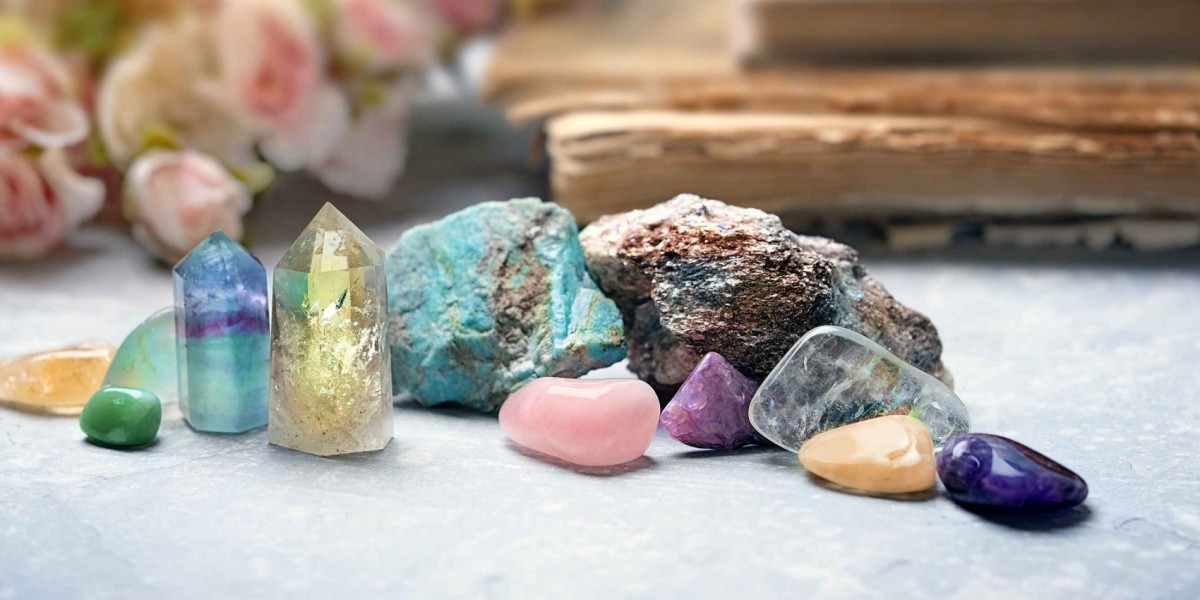In the realm of interior design, few elements can transform a space as profoundly as a well-chosen rug. While standard rugs offer a variety of styles and colors, custom rugs provide an unparalleled level of personalization and exclusivity. Custom rugs not only reflect your unique taste and style but also serve as a functional and aesthetically pleasing focal point in any room. This article delves into the world of custom rugs, exploring their benefits, the design process, and tips for choosing the perfect custom rug for your home.
Why Choose a Custom Rug?
Custom rugs offer a myriad of benefits that go beyond the capabilities of ready-made options. Here are some compelling reasons to consider a custom rug for your home:
Uniqueness and Personalization
One of the most significant advantages of custom rugs is the ability to create a one-of-a-kind piece that perfectly reflects your personality and style. Whether you prefer bold, modern designs or classic, timeless patterns, a custom rug allows you to express your creativity and make a statement in your home.
Perfect Fit for Any Space
Standard rugs come in a limited range of sizes, which can make it challenging to find the perfect fit for certain spaces. Custom rugs can be tailored to any dimensions, ensuring that your rug complements your room’s layout and furniture arrangement flawlessly.
Quality and Craftsmanship
Custom rugs are often crafted with higher-quality materials and superior craftsmanship compared to mass-produced options. This attention to detail ensures that your rug will not only look stunning but also stand the test of time, providing durability and longevity.
Choice of Materials
When designing a custom rug, you have the freedom to choose from a wide variety of materials, including wool, silk, cotton, and synthetic fibers. This allows you to select the best material to suit your needs, whether you’re looking for softness, durability, or ease of maintenance.
The Custom Rug Design Process
Creating a custom rug involves several steps, each contributing to the final product’s uniqueness and quality. Here’s an overview of the design process:
1. Conceptualization and Design
The first step in the custom rug process is conceptualization. This involves brainstorming ideas and determining the overall design, including the pattern, colors, and texture. Many companies offer design consultations where you can work with a designer to refine your ideas and create a digital mock-up of the rug.
2. Material Selection
Once the design is finalized, the next step is selecting the materials. The choice of materials will depend on various factors, including the intended use of the rug, desired texture, and budget. Natural fibers like wool and silk are popular for their luxurious feel and durability, while synthetic fibers may be chosen for their affordability and stain resistance.
3. Weaving and Construction
The construction phase involves weaving the rug according to the chosen design and materials. This process can vary depending on the type of rug, with options including hand-tufting, hand-knotting, and machine weaving. Hand-tufted and hand-knotted rugs are typically more labor-intensive and time-consuming but result in a higher-quality product.
4. Finishing Touches
After the rug is woven, it undergoes finishing processes such as trimming, washing, and stretching. These steps ensure that the rug maintains its shape, color, and texture. Any additional embellishments, such as fringe or binding, are also added during this stage.
Tips for Choosing the Perfect Custom Rug
Selecting the right custom rug for your home involves careful consideration of various factors. Here are some tips to help you make the best choice:
Consider the Room’s Purpose
The function of the room where the rug will be placed is a crucial factor to consider. For high-traffic areas like living rooms and hallways, opt for durable materials like wool or synthetic fibers. In contrast, a bedroom or study may benefit from a softer, more luxurious material like silk.
Think About Color and Pattern
The color and pattern of the rug should complement the existing decor and color scheme of the room. Neutral colors can create a calming effect and blend seamlessly with various styles, while bold patterns and vibrant colors can add a dynamic focal point and inject personality into the space.
Measure the Space
Accurate measurements are essential when ordering a custom rug. Ensure you measure the intended area carefully, taking into account furniture placement and room layout. A well-fitted rug can anchor the room and create a cohesive look, while an ill-fitting rug can disrupt the balance and flow of the space.
Set a Budget
Custom rugs can vary significantly in price depending on the materials, size, and complexity of the design. Establish a budget beforehand to help guide your choices and prevent overspending. Remember that investing in a high-quality rug can be worthwhile, as it will enhance your home’s aesthetics and provide comfort for years to come.
Maintaining Your Custom Rug
Proper maintenance is key to preserving the beauty and longevity of your custom rug. Here are some maintenance tips to keep your rug looking its best:
Regular Cleaning
Vacuum your rug regularly to remove dirt and debris that can accumulate over time. For delicate materials like silk, use a vacuum cleaner with a gentle suction setting or a handheld attachment.
Professional Cleaning
Periodically, it’s advisable to have your rug professionally cleaned to remove deep-seated dirt and stains. Professional cleaners have the expertise and equipment to handle various materials and ensure a thorough cleaning without damaging the rug.
Rotate the Rug
To ensure even wear and prevent fading, rotate your rug every few months. This is particularly important for rugs placed in areas with high foot traffic or direct sunlight.
Address Spills and Stains Promptly
In the event of a spill, act quickly to blot the area with a clean, dry cloth. Avoid rubbing, as this can push the stain deeper into the fibers. For stubborn stains, consult a professional cleaner for advice on the best removal method.
Conclusion
Custom rugs are a fantastic way to add a personal touch to your home, combining style, comfort, and functionality. By understanding the design process and considering factors such as material, size, and color, you can create a unique piece that enhances your space and reflects your individual taste. With proper care and maintenance, your custom rug will remain a cherished part of your home for years to come. Embrace the artistry of custom rugs and transform your living space into a true reflection of your style and personality.







